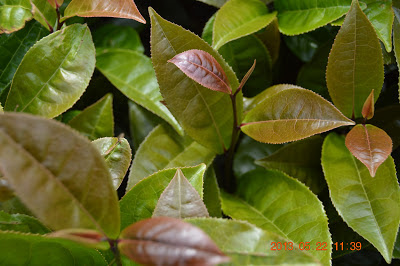This is definitely my favourite food. Sashimi or raw fish. For me, nothing compares to it because of its pure and unadulterated taste. No spices. No oil except what is naturally secreted by the fish. Not steamed or fried or grilled or somehow altered from its natural state. Of course soy and wasabi accompany it as a dip, but I look at that as being optional.
There is also something primeval about it. I can imagine someone 70,000 years ago eating raw fish as she eyed Asia across the Horn of Africa before crossing Bab-el-Mandeb into Yemen.
Yet there is something elegant about Sashimi too. Presentation is mostly minimalist and the portions are bite sized and convenient for chopsticks. Some fish is laid out flat while others are upright and some slanting: all part of the food presentation. There are different colours that make them visually attractive but everything is in harmony and focus is solely on the fish, the main and only ingredient. With different seasons come different fish with different textures, colours and taste. Just perfect!
However I also worry. What happens when 200 million Chinese discover the joys of Sashimi? Forget the price going through the stratosphere. Will there be enough fish? Will Tsukiji Market 築地市場, the biggest wholesale fish market in the world or its successor survive?
Scary thought indeed.
Images: At the Tsukiji Market 築地市場 May 2013.
Top: Wasabi ready to be grated on the shark skin with soy in the black pot
Bottom: Assorted Sashimi


















































